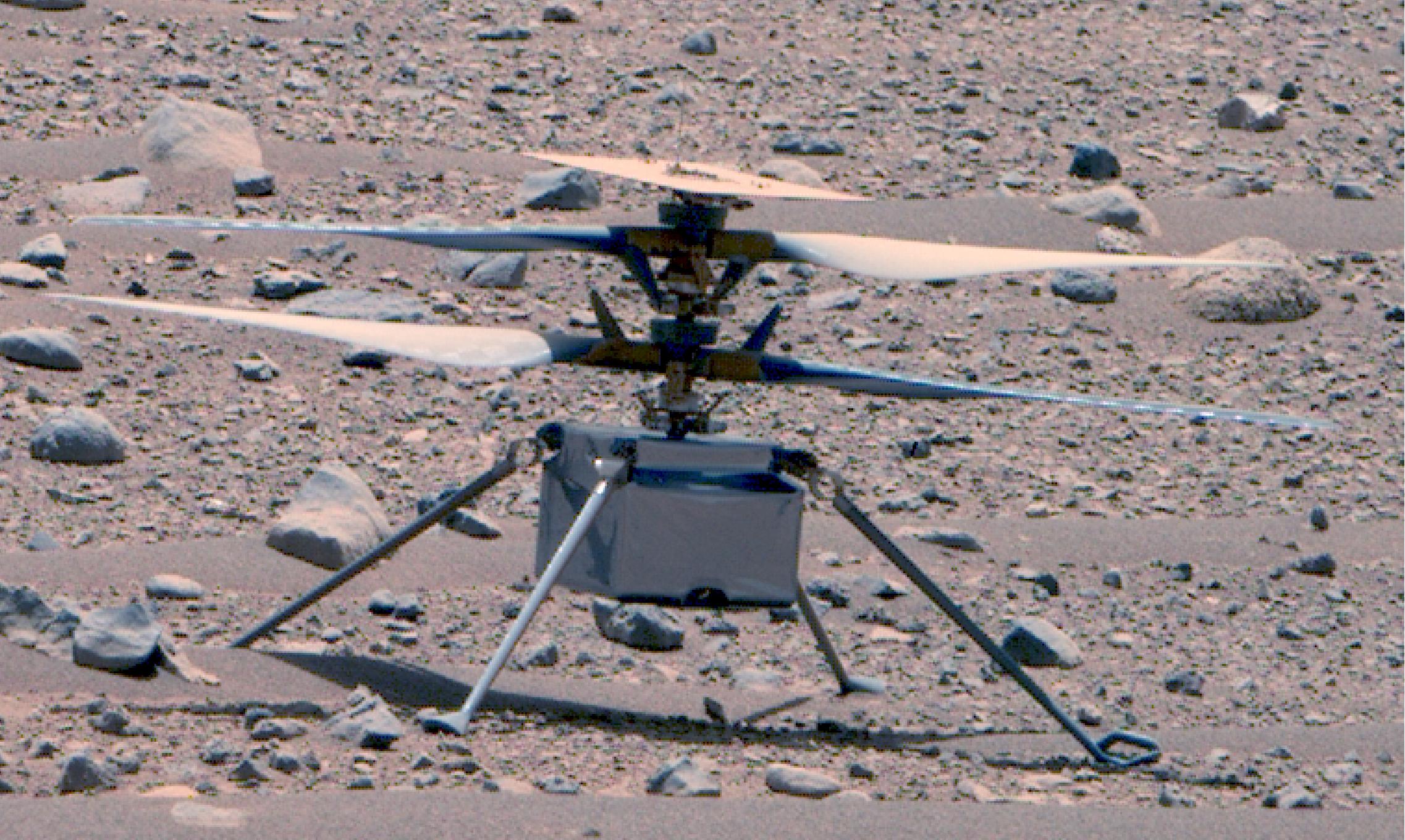
Scientists have tested futuristic aircraft ideas on two planets: Earth and Mars. Right here on Earth at NASA’s Jet Propulsion Laboratory in Southern California, they tried out a brand-new rotor for future Mars helicopters.
This rotor can spin almost as fast as sound itself (0.95 Mach). At the same time, NASA’s Ingenuity Mars Helicopter broke some new records in terms of altitude and speed on the Red Planet, all in the spirit of experimenting with flight, as reported by SciTechDaily.
“Our next-generation Mars helicopter testing has literally had the best of both worlds,” said Teddy Tzanetos, Ingenuity’s project manager and manager for the Mars Sample Recovery Helicopters.
“Here on Earth, you have all the instrumentation and hands-on immediacy you could hope for while testing new aircraft components,” Tzanetos further stated. “On Mars, you have the real off-world conditions you could never truly re-create here on Earth.”
Testing next-generation carbon fiber rotor blades
The advanced carbon fiber rotor blades undergoing tests on Earth are nearly four inches longer than those on Ingenuity, measuring over ten centimeters. They not only have more strength but also boast a different design.
NASA believes these blades have the potential to empower larger and more capable Mars helicopters. However, there’s a hurdle to overcome. As the tips of these blades get close to supersonic speeds, turbulence-causing vibrations can become a tricky issue, according to SciTechDaily.
NASA Uses Two Worlds to Test Future Mars Helicopter Designs #nasa #space #science pic.twitter.com/iG9o1enSSv
— 𝓝𝓸𝓻𝓶_𝓑 (@_normb) November 22, 2023
In an effort to copy the Martian atmosphere on Earth, engineers turned to JPL’s space simulator, measuring twenty-five feet in width and towering at eighty-five feet (eight by twenty-six meters). This is the very spot where spacecraft like Surveyor, Voyager, and Cassini faced their initial space-like challenges.
Over a period of three weeks in September, a dedicated team closely watched sensors, meters, and cameras as the extended rotor blades went through repeated runs at increasing speeds and more extreme pitch angles.
Ingenuity flights last around two to three minutes
Due to energy constraints and the need to manage motor temperature, Ingenuity flights typically clock in at about two to three minutes. While speeding up could allow the helicopter to cover more terrain in one go, there is a catch.
Flying too fast can confuse the onboard navigation system. This system relies on a camera to identify rocks and other ground details as it scans surroundings. If these features zoom by too quickly, the system can lose its bearings, making a controlled flight challenging, according to SciTechDaily.
To reach a faster maximum ground speed, the team directs Ingenuity to fly at greater heights. These instructions are sent to the helicopter before each flight. Flying at higher altitudes ensures that the ground features stay in view for a longer duration.
During Flight 61, a new altitude record of almost seventy-nine feet (twenty-four meters) was reached, providing insights into Martian wind patterns. In Flight 62, Ingenuity hit a speed record of 22.3 miles per hour (ten meters per second) while also scouting a location for the Perseverance rover’s science team.
See all the latest news from Greece and the world at Greekreporter.com. Contact our newsroom to report an update or send your story, photos and videos. Follow GR on Google News and subscribe here to our daily email!



